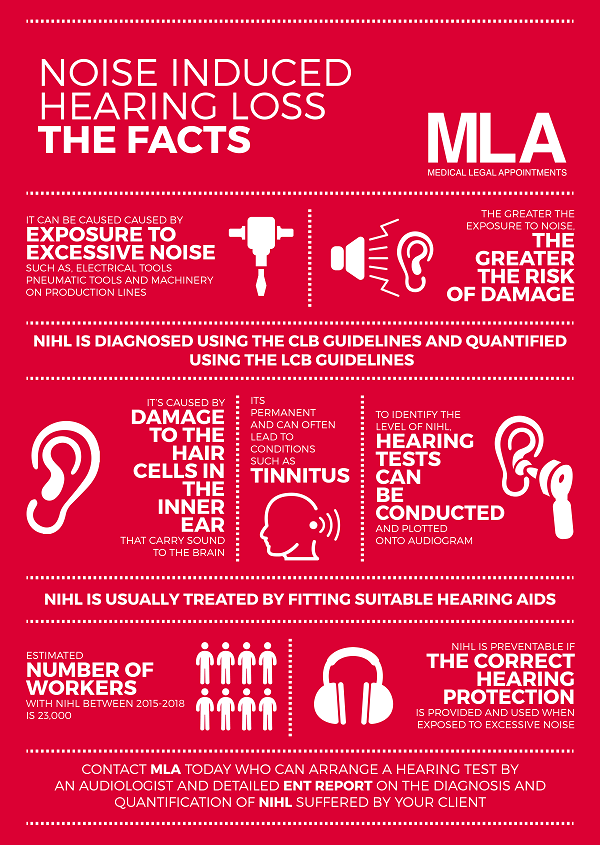Dyslexia Tutoring: Strategies And Strategies For Reliable Discovering
Dyslexia Tutoring: Strategies And Strategies For Reliable Discovering
Blog Article
Short Article Created By-Solomon Kline
If you're working with a trainee that has dyslexia, you recognize how crucial it is to take on the best techniques. Customizing your approach to fit their unique requirements can make a substantial distinction in their learning trip. By including kids tutoringonline and structured literacy programs, you can help them build vital abilities. However what certain approaches can you execute to absolutely cultivate their self-confidence and growth? Let's explore these efficient approaches with each other.
Comprehending Dyslexia and Its Influence On Understanding
Comprehending dyslexia is crucial because it influences just how people find out and refine information. If you or someone you recognize has dyslexia, you'll observe obstacles with analysis, punctuation, and writing. This isn't a reflection of knowledge; it has to do with how the mind analyzes language.
You could have problem with phonemic recognition, making it tough to link sounds to letters. This can bring about disappointment and lowered confidence in scholastic settings. Recognizing these patterns is necessary for creating encouraging understanding experiences.
You'll discover that early treatment and customized techniques can dramatically boost end results. By comprehending the unique ways dyslexia influences learning, you can promote a much more comprehensive environment, helping those impacted flourish and understand their full potential.
Efficient Coaching Approaches for Dyslexic Students
Identifying the difficulties dyslexic students face opens the door to effective tutoring approaches that can make an actual difference in their understanding trip.
First, make use of multisensory techniques; combine visual, acoustic, and kinesthetic strategies to engage them totally. Incorporate structured proficiency programs, focusing on phonics, phonemic understanding, and vocabulary.
Break down jobs right into smaller, convenient actions to stay clear of frustrating them. Encourage regular technique and repetition, strengthening understanding without stress. Usage positive support to boost their self-confidence and motivation.
Tailor your approaches to their unique toughness, and be patient as they progress. Finally, maintain open interaction with parents to support their discovering at home.
Creating an Encouraging Knowing Setting
Developing a supportive learning environment is crucial for helping dyslexic pupils prosper. Beginning by making sure the space is quiet and without distractions, allowing them to concentrate completely on their tasks.
Usage adaptable seating plans that advertise convenience and interaction. Include https://johnnyzcfil.bloggactivo.com/32341454/cognitive-behavioral-therapy-a-pathway-to-recovery-and-self-discovery and hands-on materials to strengthen learning concepts, satisfying their distinct handling styles.
Motivate open communication, so pupils really feel secure expressing their struggles and asking for assistance. Commemorate their successes, no matter exactly how little, to improve their confidence.
Establish a regular to supply structure, which can minimize anxiousness. Finally, foster partnership with peers, as social interaction can boost understanding and give emotional support.
Your initiatives will develop a nurturing ambience that advertises growth and durability.
Verdict
In conclusion, successfully coaching a dyslexic student calls for a mix of understanding, tailored techniques, and a helpful atmosphere. By using multisensory techniques and organized literacy programs, you can assist strengthen essential skills and improve confidence. Bear in mind to keep communication open, break tasks right into smaller steps, and commemorate development, no matter exactly how tiny. With your devotion and the appropriate method, you can make a considerable distinction in their academic journey and total well-being.
